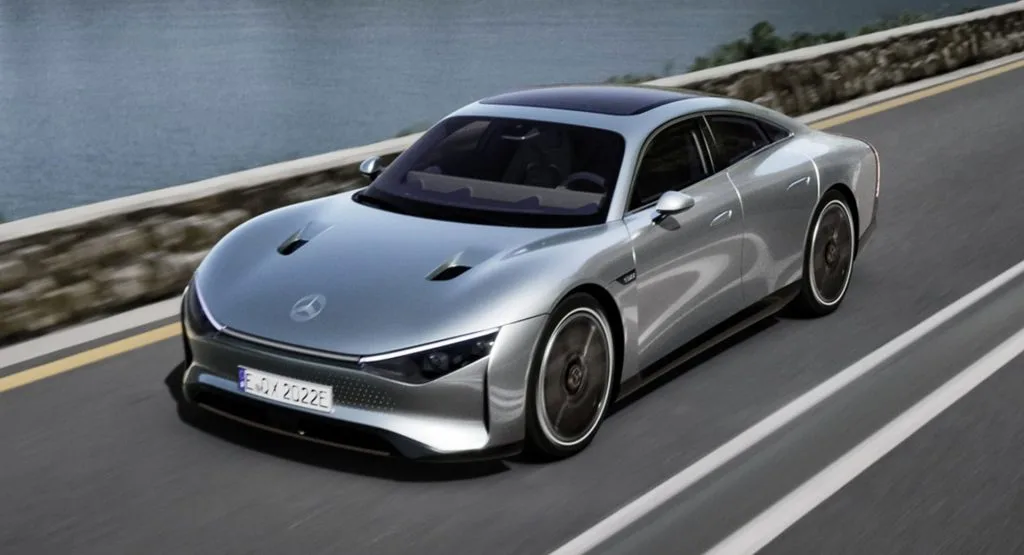Mercedes-Benz’s Solar Paint Could Add 30 km Range Daily!
In a groundbreaking move towards sustainable mobility, Mercedes-Benz is developing an innovative solar-active body paint for its electric vehicles (EVs). This cutting-edge technology could potentially add around 30 kilometers of range to an EV every day, revolutionizing how we think about electric vehicle efficiency.

Mercedes-Benz’s Solar Paint: Harnessing Solar Power on the Go
The concept behind this solar body paint involves applying wafer-thin solar modules embedded with photovoltaic cells directly onto the surface of electric vehicles. According to research from Mercedes-Benz’s innovation division, covering an entire vehicle with this paint could generate enough electricity to power the car for 12,000 kilometers annually. This means that, under optimal conditions, drivers could enjoy a significant boost in range without needing to plug in.
How Does It Work?
The solar-active paint is remarkably thin—just 5 micrometers—making it lighter than a human hair. Weighing in at only 50 grams per square meter, an average vehicle, with a surface area of about 10 to 11 square meters, would add approximately half a kilogram of weight. This minimal increase ensures that the vehicle’s performance remains unaffected.


With an efficiency rate of around 20%, the solar cells can effectively convert sunlight into electricity. On sunny days, this technology could generate enough energy to extend the vehicle’s range by 30 to 32 kilometers. However, it’s important to note that, like traditional solar panels, the effectiveness of this paint relies on adequate sunlight exposure. On cloudy days, the energy production may be significantly reduced.
Energy Generation Even When Parked
One of the most exciting aspects of this solar-active paint is its ability to generate energy even when the vehicle is parked or turned off. Mercedes-Benz envisions a system where the energy produced can either be stored in the car’s battery or fed back into the grid through bidirectional charging. This means that owners could not only power their vehicles but also contribute to the energy supply when their cars are idle.

Environmentally Friendly Innovation
In addition to enhancing vehicle range, the solar-active paint is designed with environmental sustainability in mind. It is free of rare earth metals and silicon, utilizing non-toxic and readily available materials. While the paint is expected to be cheaper than traditional solar modules, it may still come at a premium compared to standard automotive paints, potentially increasing the overall cost of the EV.

Challenges Ahead
Currently, Mercedes-Benz is focused on perfecting the application of this solar paint across various vehicle surfaces, regardless of shape, size, or curvature. This research and development phase is crucial to ensure that the technology is stable and effective before it becomes available in consumer-grade EVs.


